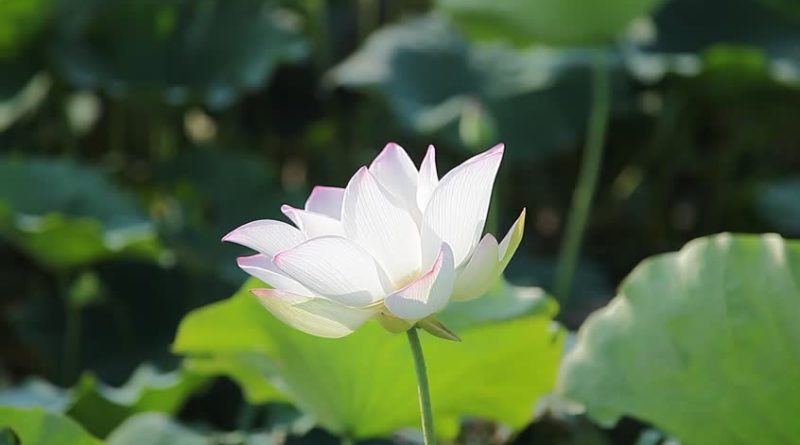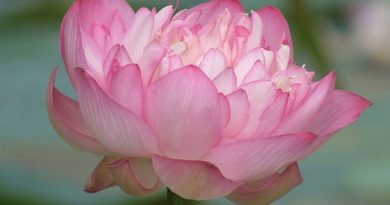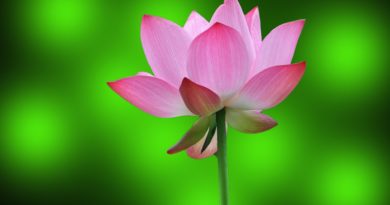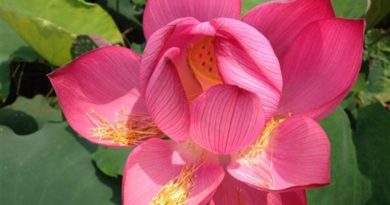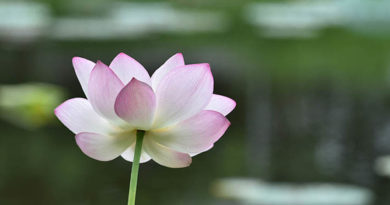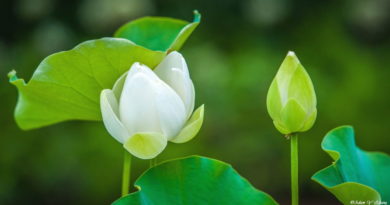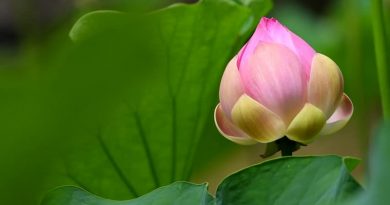Nội Dung Chính [Hiện]
VINAYA
THE TIME AND PLACE FOR EATING
For a monastic (a monk or a nun) food is to be regarded as medicine and not as a pleasure. In the spirit of the Middle Way it should be taken in just sufficient quantity to keep the body healthy. In the KITAGIRI SUTTA of the MAJJHIMA NIKAYA is found the following passage:
“Once when the Buddha was touring in the region of Kasi together with a large Sangha of monks he addressed them saying: ‘I, monks, do not eat a meal in the evening. Not eating a meal in the evening I, monks, am aware of good health and of being without illness and of buoyancy and strength and living in comfort. Come, do you too, monks, not eat a meal in the evening. Not eating a meal in the evening you too, monks, will be aware of good health and….. and living in comfort.’ “
Consequently, eating only in the period from dawn until noon became the tradition for Buddhist monastics, but not without some resistance at first. In the LATUKIKOPAMA SUTTA, also of the MAJJHIMA NIKAYA, Venerable Udayin spoke thus to the Buddha:
“We, revered sir, used to eat in the evening and in the morning and in the afternoon. Revered sir, the Lord at that time addressed the monks saying: ‘Please do you, monks, give up eating at this wrong time during the afternoon’. I was depressed because of this, revered sir, I was sorry and thought ‘The Lord speaks of our giving up that sumptuous food which faithful laypeople give us in the afternoon and of our rejecting it’. “
Then we used to eat (just) in the morning and in the evening. It was at this time that the Lord addressed the monks saying: ‘Please do you, monks, give up eating in the evening’. I was depressed because of this, revered sir, I was sorry and thought ‘The Lord speaks of our giving up that which is reckoned as the more sumptuous of these two meals and of our rejecting it’.”
But Venerable Udayin, who, by the way, was known for being fat, soon got over his disappointment and realized the benefits of restraint in eating. Moreover, he appreciated that as monks obtain their food mainly on almsround, going out for almsfood in the evening had certain disadvantages. The same sutta continues:
“Once, revered sir, when monks were walking for almsfood in the dense darkness o the night, they would walk into a pond at the village entrance, or they would stumble into the village cesspool, or they would blunder into a thorny hedge or stumble into a sleeping cow, and they would meet young men up to no good and wanton women. Once, revered sir, I walked for almsfood in the dense darkness of the night and a certain woman saw me during a lightening flash as she was washing a bowl and, terrified at seeing me she uttered a scream of horror: ‘How terriblefor me, indeed there is a demon after me’. This said, I, revered sir, said to this women: ‘Sister, I am no demon, I am a monk standing for almsfood’. She said ‘The monks father must be dead, the monks mother must be dead! It were better for you, monk, to have your stomach cut out with a sharp butchers knife than to walk for almsfood for the sake of your belly in the dense darkness of the night’.”‘
A monk or nun who eats food outside of the proper time, from dawn until noon, commits an offence called PACITTIYA. To free themselves of the offence they have to approach a fellow monk or nun and tell them of their misdeed. This simple acknowledgement is all that is required for it serves to heighten one’s sense of duty, and of responsibility, and so it is a strong incentive to be more punctilious in the future. Thus these rules of Vinaya do not rely on punishment but rather urging greater mindfulness and restraint so that the same mistake will not be repeated.
Though solid foods are disallowed outside of the morning period, other substances were allowed in the afternoon or evening, especially where there is a need such as sickness. Strained fruit and vegetable juices are allowable in the afternoon, especially for thirsty monks and nuns. Then the five traditional Indian ‘medicines’ of ghee, oil, butter/cheese, honey and sugar were allowed in the afternoon as a ‘tonic’, to be used for such reasons as when a monk or nun had been working hard, when it was very cold, or when they had received insufficient almsfood that morning. Clear meat or bean broths are allowed in the afternoon for very sick monks or nuns. Drinks like tea, herbal infusions, ginger, cocoa and coffee are also allowable in the afternoon as much as a monk or nun requires. Milk, however, is the subject of some controversy. Some monks say it is allowable in the afternoon, some say it isn’t and our tradition says it ‘aint.
Whatever is allowable and what is not and when, a good monk or nun always remembers the WHY of eating. The following verses of the Buddha are to be reflected upon whenever taking nourishment and they are heard recited at Bodhinyana before every meal by one of the monks:
“Wisely reflecting we use this almsfood, not for fun, not for pleasure, not for fattening and not for beautification. But only for the maintenance and nourishment of this body, for keeping it healthy, for helping with the holy life, thinking thus: I will allay hunger without overeating, so that I may continue to live blamelessly and at ease.”

